Pediatric Care
Conditions & Injuries
Services include:
Pediatric Podiatrist Services In Chicago, IL
Our office serves Pediatric patients from toddler to high school age! Pediatric patients are not little adults, and we understand that! Kids have growth plates, so injuries, from a twist or fall to a sports injury needs special care when evaluating the x-rays and the patient.
Kids may heal a bit faster than adults, but it’s very important to discuss how active or what sports they can participate in and the proper timeframes. Proper rehabilitation and rest is paramount to preventing long term consequences like damaged ligaments, or improperly healed conditions.
In-Toe & Out-Toe conditions
Children may be born with rotational deformities of their legs, either above the knee, or below the knee. Typically if the knee caps rotates inwards and the feet point inwards as well, then the deformity lies in the hip area, either with a rotated internal hip socket, or the long leg bone (the femur) is rotated inward.
When the kneecap is straight but the feet are pointing inward, then the deformity lies within the tibia (lower leg) bone. The same principle can occur to cause an out toe problem. The in-toe condition is more common and can be treated, so proper evaluation is necessary to determine where the problem is occurring.
Some of these conditions can be treated with rotational bars prior to the baby ambulating, or later on with proper shoes, orthotic insoles and possible physical therapy.

Heel Pain
This is one of the most common conditions we see in pediatric patients. Usually occurring in very active or athletic children, it is rarely the typical “plantar fasciitis” that adults get, rather an inflammation of the growth plate in the back of the heel bone.
It is smart to treat early and confirm with x-rays, as there may be a problem with the foot alignment and/or other bone issues .

Sports Injuries & Evaluation In Chicago, IL
With the explosion of kids sports leagues and athletic programs, kids are playing sports at an accelerated pace and amount of time, than years earlier.
Kids are not little adults, so there can be real concerns when kids have an injury. Most kids will not complain especially when very young, so if a child complains of pain, it is most likely very real.
Proper evaluation of the lower extremity and possibly x-ray evaluation can help to determine the exact problem.
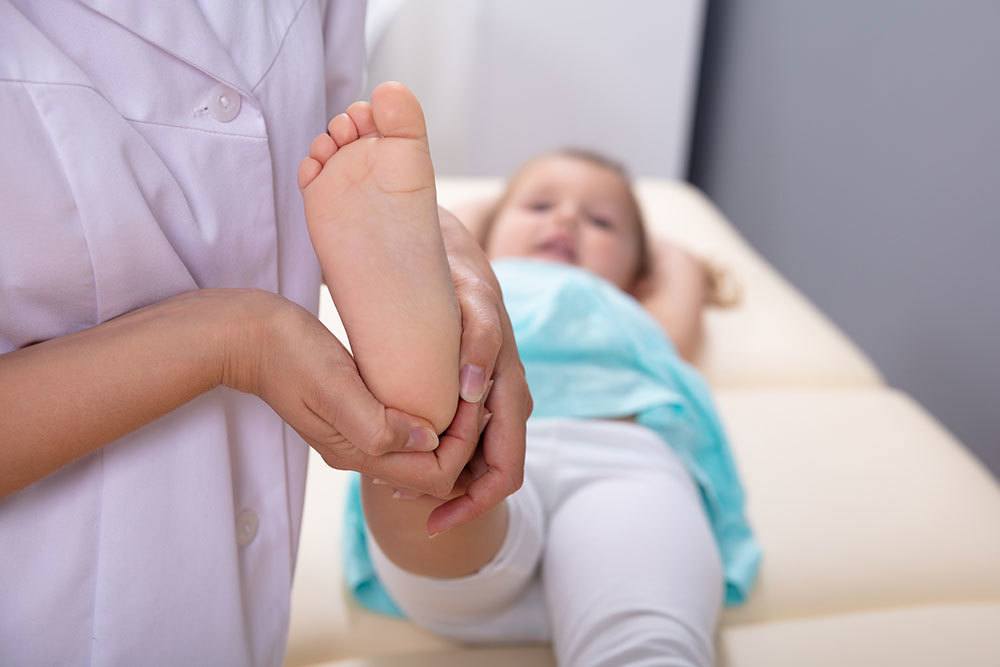
"I was very pleased with the care I received from Dr.Smielewski and all of the staff. I was given great treatment as well as hope for relief of pain. I felt only positive results are possible after visiting'"
- C.B.
Sports Conditioning Programs
The accelerated pace of sports programs requires that children be agile, flexible and strong.
It is not suggested for young children to do typical strength training like adults. However it is necessary and strongly urged for the kids to use simple age appropriate strength exercises to increase balance, and flexibility and sport specific strength. This is very important to prevent the possibility of injury.
It is estimated that young athletic girls have a 8-10 times higher incidence of ACL injury in the knee.
The sports medicine community believes that these knee injuries can prevented by good solid strengthening, good postural control, proper jump mechanics, and evaluation of foot mechanics and shoe gear.
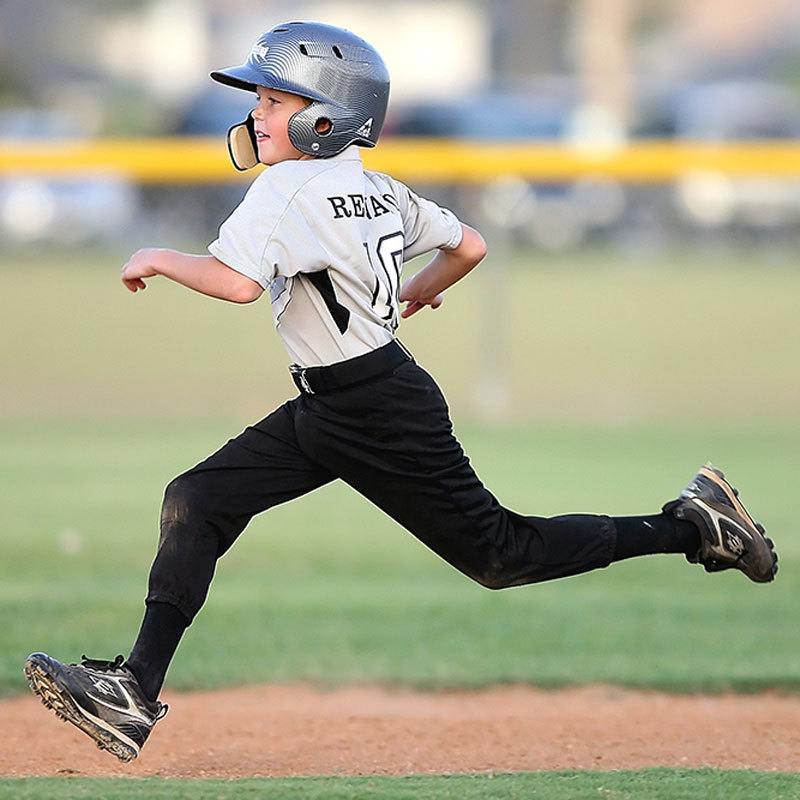
Scoliosis Screening
Our office screens all kids for scoliosis, as a general routine part of our pediatric exam.
Although not normal it is rather common, and should be watched and treated conservatively if possible with strengthening, proper shoes, lifts and/or orthotic devices to improve the motor patterns for the muscles and nerves that travel up the leg and up into the back.
If severe, x-rays can be obtained and referrals given as needed.
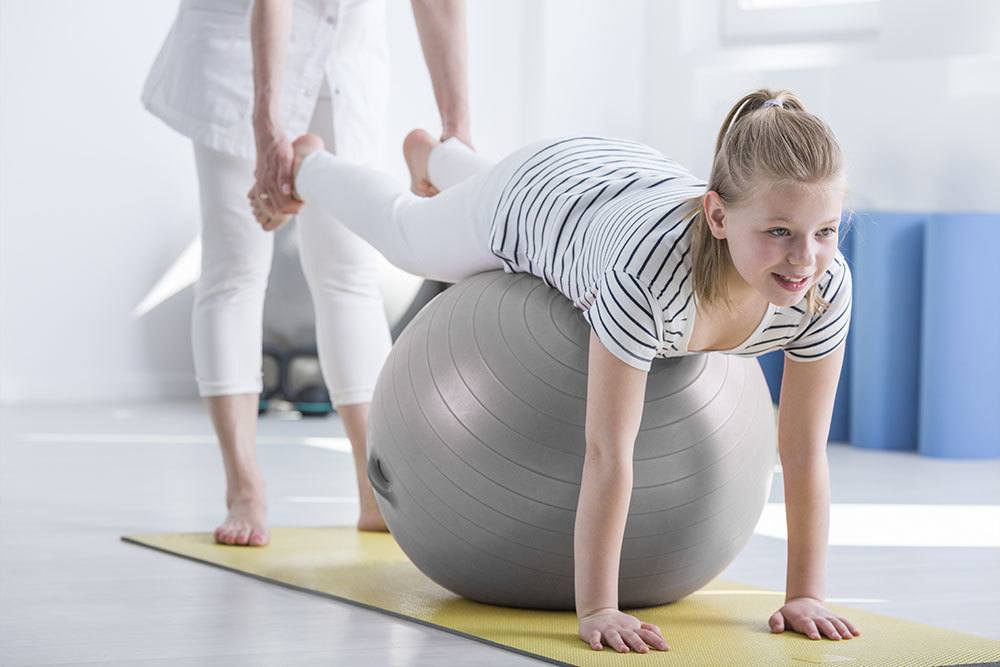
Ingrown Toenails
This is a fairly common problem for children as well as adults.
Sometimes the nails are either too wide naturally for the toe , or just curled too much in on the sides. Either of these patterns can cause irritation along the nail grove, and if clipped too short or traumatized, the nail can become infected, red, swollen, draining and painful.
A special simple procedure is the best option to alleviate the problem, immediately and will relieve the pain without the use of any antibiotics.
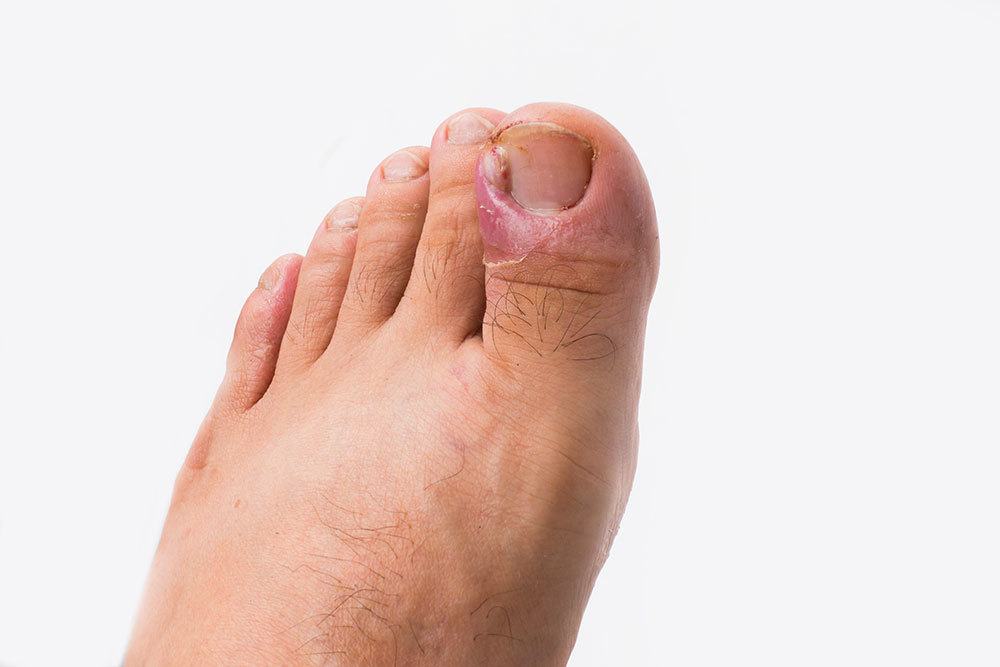
Pediatric Gait & Posture
Evaluating and screening children’s feet is very important for prevention of adult foot pathology (i.e. Bunions. Hammertoes.) Most children will not complain of foot problems, as the soft tissue and bony adaptations have not yet begun, but children may awake at night, or complain of foot or leg pain if increased walking or activity occurs.
Many mechanical foot deformities can impact posture, and create overuse injuries in the child from the foot upwards into the rest of the lower extremity. Common overuse pediatric injuries and conditions, can occur at the growth plates like the heel, knee or even in the hip area. Many of these injuries can be traced back at least in part to faulty foot mechanics.
Our office performs proper biomechanical evaluation of the lower extremity and feet for our pediatric patients, and can evaluate proper fit for athletic and school shoes. For children, prevention of injuries by proper mechanical evaluation is the key to preventing injuries and musculoskeletal complaints. When the evaluation determines that they are needed, utilizing foot orthotics for pediatric foot conditions is very proactive and cost effective.
We also screen all pediatric patients for any scoliosis or curvature in the back or pelvis. This should be conservatively cared for, and watched and treated with proper shoes, lifts and/or orthotic devices.
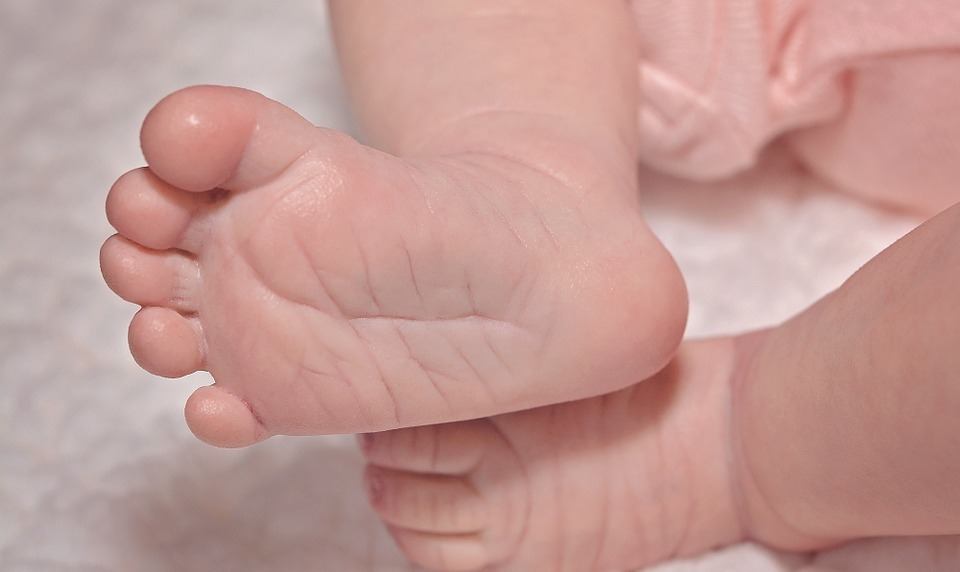
What Is Pediatric Podiatry?
Pediatric podiatry focuses on developmental issues that are unique to the growing child's feet and ankles. Much of our practice involves helping your child's foot development to occur in a normal state. However, there are things that parents can do at home to help their children develop normally.
Infancy
Infancy is the most critical developmental phase for the feet. Any form of abnormal pressure on the feet can lead to deformity development. Exercise in infancy can be easily accomplished by moving the baby's position frequently so they experience different opportunities to use their muscles. This includes allowing them to lie uncovered so that they can kick and perform other exercises that help their feet prepare for crawling and walking. You should also occasionally check their feet to observe if there are any abnormalities to address.
Toddlers and late childhood
Once your baby is mobile, you can observe their walking patterns. Notice if their feet turn outward or inward when they walk. Also note any subtle signs that your toddler may be experiencing pain, swelling, or discomfort, as these can be signs of an underlying condition. Ensure they are always wearing new and properly fitting shoes. This may include new socks and shoe sizes every few months.
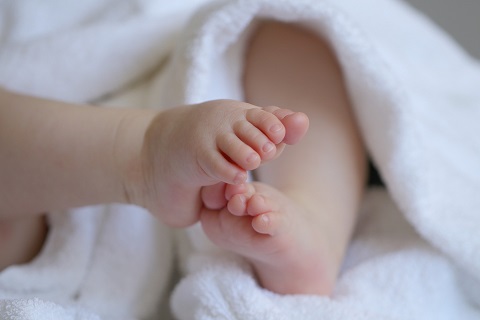
Image by Marjon Besteman | Licensed with Pixabay License
Common Pediatric Foot Issues
Newborn foot issues
The most commonly identified issues found in newborns are extra toes, curly toes, flat foot, club foot, and metatarsus adducts. It is very important to address these issues before the child begins to walk.
Behaviors to watch for
Generally older children may be more inclined to complain about foot or leg pain. Children have not had experiences with pain like adults, so their complaints may be easily overlooked. If your child complains of pain, soreness, tenderness, or discomfort in their feet, legs, or ankles, or if your child is withdrawing from activities, not wanting to stand, walk, or run, or they have unusual leg positioning or gait take it seriously and come in for an evaluation at our office. It is also important to pay attention to open wounds, nail discoloration, foot fungus, ingrown toenails, or warts on the feet. Evaluation and treatment at our office are critical to prevent long-term damage.
Signs and Symptoms
- Abnormal foot shape, size, form, or color.
- Balance issues when walking, running, standing, and frequent tripping.
- Complaints about pain in the lower extremities.
- Limping or unusual gait patterns.
- They are shy about showing their feet to anyone.
- Withdrawal from normal physical activity.
Diagnosis and Treatments
Dr. Schoene and Dr. Bever will take a medical history and recent activity history. A foot examination will be performed, and if deemed necessary, X-rays, MRIs, or CT scans may be taken to verify bone or muscle development issues. In some instances, laboratory testing may also be necessary.
We specialize in pediatric podiatry treatments so you can rest assured that your child's foot development will be handled with expertise and care. The various treatment options we can offer may include some of the following:
- Rest, ice, compression, and elevation (RICE).
- Nonsteroidal anti-inflammatory medication (NSAIDs).
- Balance, strength, and flexibility exercises.
- Physical therapy.
- Custom orthotics.
- Ultrasound therapy.
- Splints, braces, or casts.
- Anti-fungal or anti-bacterial medications.
She always keeps in mind the movements of each sport and incorporates that into the treatment plan.
Prevention
The best care is always preventative care. This is why it is important for parents to notice developmental issues early and provide natural development of the feet and ankles. The most important factors to remember are:
- Do not restrict your baby's foot movement.
- Allow them to walk barefoot, especially when they are very young so that the muscles can develop.
- Perform lower extremity exercises with your baby.
- Practice and teach your child proper foot and nail hygiene.
- Wear properly fitted and comfortable shoes.
- Attend to minor injuries immediately.
- Seek routine foot care check-ups for your children's feet.

Image by FeeLoona | Licensed with Pixabay License
Child Foot Injury? What You Can Do At Home
If your child has injured their foot or ankle, you can apply immediate home treatment prior to your visit with the doctor. The RICE method mentioned above is the best option in most cases.
When To See A Doctor
If your child is experiencing any of the issues mentioned in this article, it is time to come into our office to see Dr. Schoene and Dr. Bever. The sooner treatment is provided, the better. Minimizing long-term or permanent damage is critical, especially in younger children. So how do you know what kind of doctor to see?
Podiatrist or Orthopedist? Which Is Better?
In most cases, it would be appropriate to seek the care of a podiatrist before seeking the care of an orthopedist. Podiatrists focus on biomechanical alignment, injury evaluation, and many non-surgical options for treatment of your child’s foot, ankle, and lower extremity conditions, and orthopedists are surgical treatment specialists.
